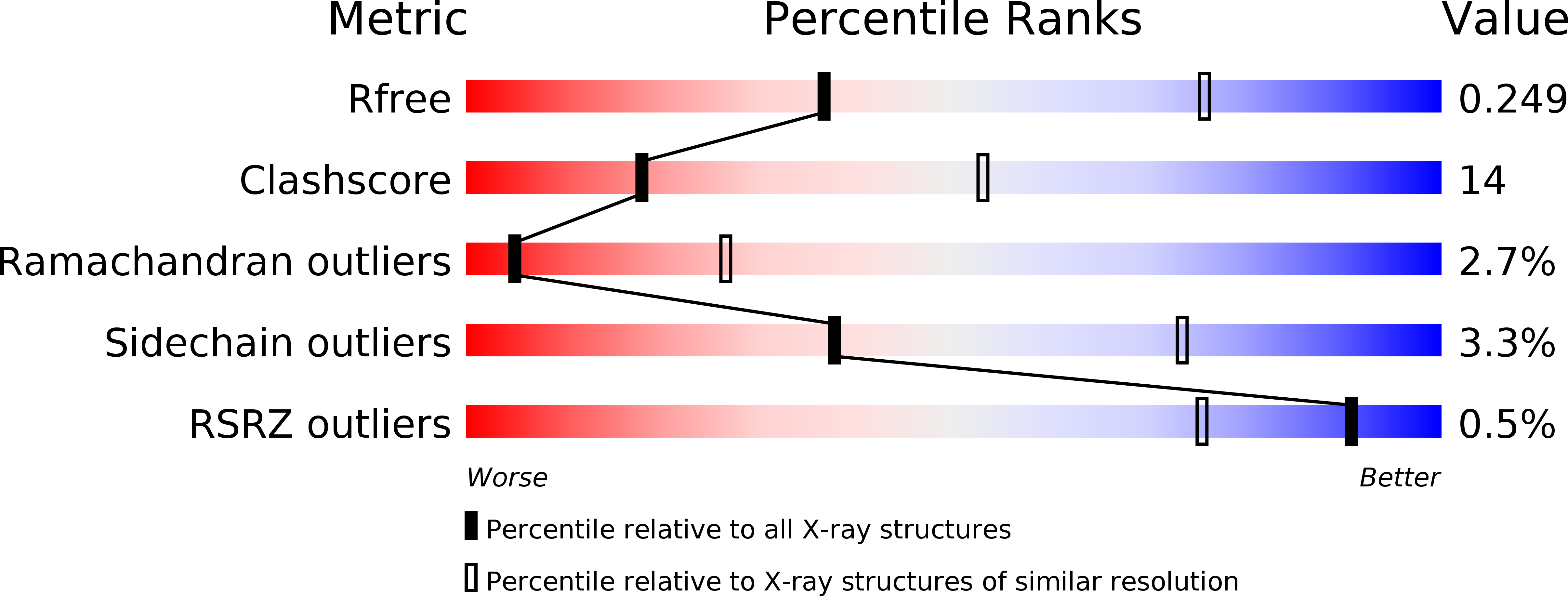
Deposition Date
1995-02-24
Release Date
1995-07-31
Last Version Date
2024-02-14
Entry Detail
PDB ID:
2CHR
Keywords:
Title:
A RE-EVALUATION OF THE CRYSTAL STRUCTURE OF CHLOROMUCONATE CYCLOISOMERASE
Biological Source:
Source Organism:
Cupriavidus necator (Taxon ID: 106590)
Method Details:
Experimental Method:
Resolution:
3.00 Å
R-Value Free:
0.26
R-Value Work:
0.18
R-Value Observed:
0.18
Space Group:
I 4 2 2


